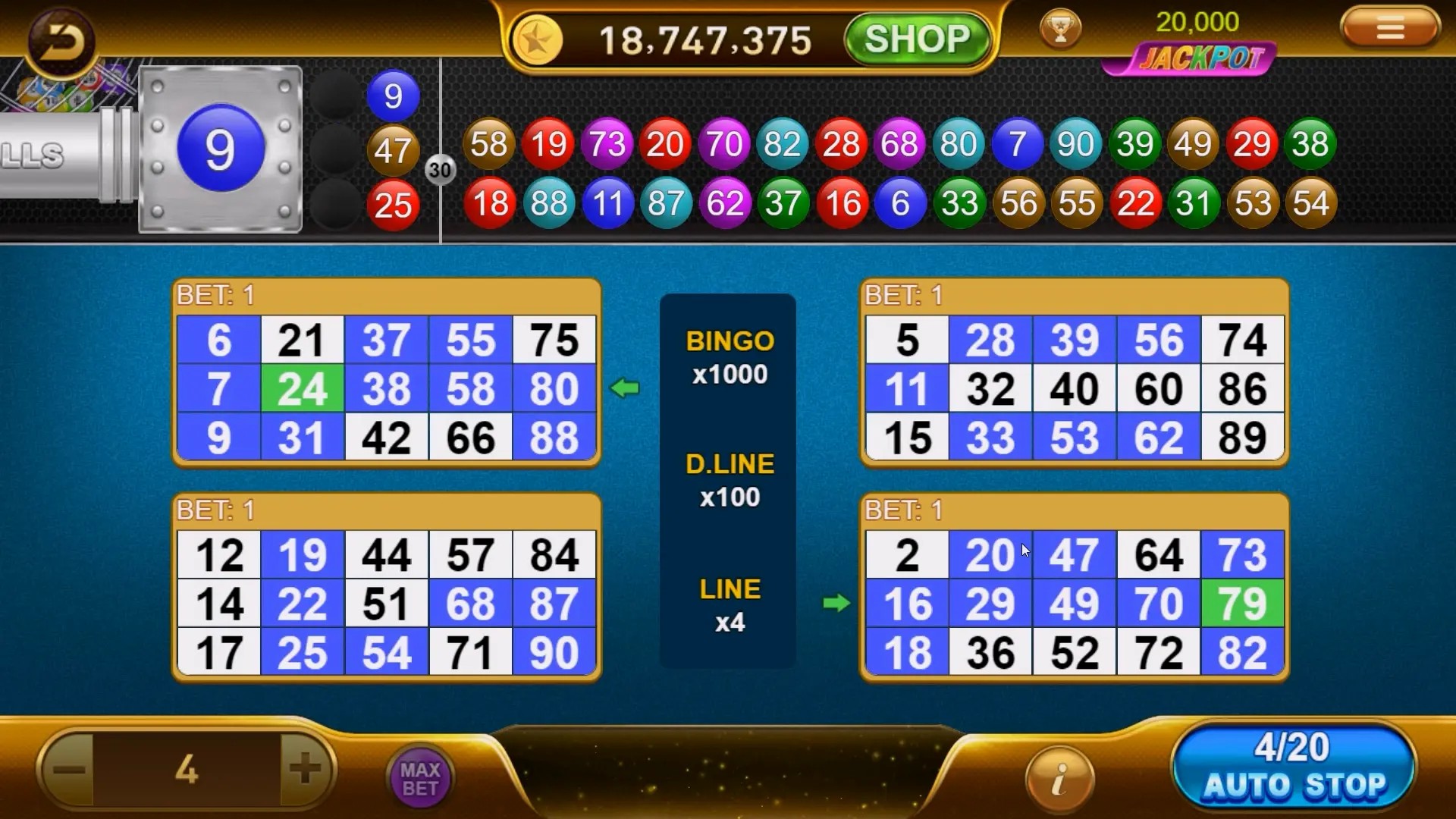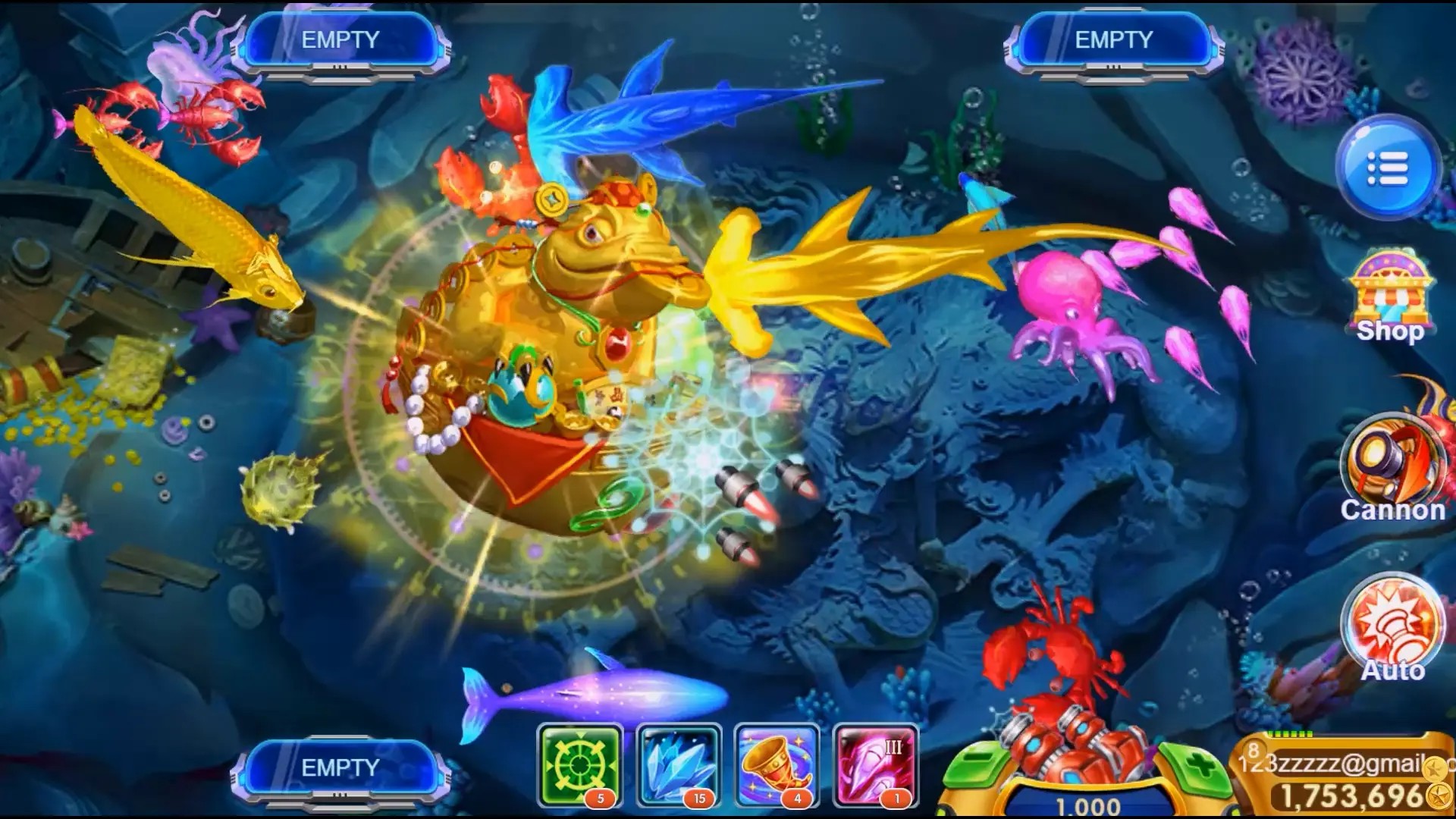Why Sandbox Games Are the Future of Educational Learning: Unlocking Creativity Through Play
When we think about education, traditional methods often come to mind. But in an increasingly digital world, sandbox games are revolutionizing how we learn. These games, where the player has the freedom to explore and create within expansive virtual environments, offer unique opportunities for education. In this article, we'll explore why sandbox games like Minecraft and others are becoming essential tools for educational learning.
Understanding Sandbox Games
At its core, a sandbox game provides players with an open world to explore without a set path. This is different from linear games, where players follow a strict storyline. Sandbox games emphasize creativity, problem-solving, and self-direction.
The Intersection of Gaming and Education
Games have been used in educational settings for decades. However, sandbox games take this a step further by granting players the ability to create content actively. This gamification of learning allows students to engage in a way that feels less like homework and more like fun.
Unlocking Creativity Through Play
One of the significant advantages of sandbox games is their capacity to unlock creativity. Players can build structures, craft items, and explore worlds. This freedom encourages innovative thinking, as players must plan, design, and solve problems.
Benefits of Sandbox Games for Learning
- Enhanced Engagement: Students are more likely to participate when learning is interactive and enjoyable.
- Critical Thinking Skills: Complex challenges within sandbox environments require players to think critically and make decisions based on available resources.
- Collaboration: Many sandbox games incorporate multiplayer functions, encouraging teamwork and collaboration among players.
- Self-Directed Learning: Players set their goals, which fosters independence and accountability.
Popular Sandbox Games in Education
While there are many sandbox games available, few have reached the cultural and educational significance of Minecraft. By allowing players to create their worlds, “Minecraft: Story Mode" can introduce concepts of history, engineering, and environmental science. Other notable games include:
| Game Title | Key Features |
|---|---|
| Minecraft | World-building, community projects |
| Roblox | Game creation, social interaction |
| Terraria | Exploration, crafting strategies |
How to Integrate Sandbox Games in Educational Settings
Integrating sandbox games into the classroom may require some creativity. Here are a few strategies:
- Curriculum Alignment: Ensure that the content of the game aligns with educational objectives.
- Hands-On Projects: Use sandbox environments to facilitate hands-on projects that mirror real-world applications.
- Collaborative Learning: Encourage group projects where students must work together to achieve a common goal within the game.
The Role of Technology in Game-Based Learning
As technology continues to improve, the potential for sandbox games in learning expands. Schools are increasingly utilizing tablets and PCs, making it easier to access games like Minecraft right in the classroom. However, educators must also consider that all students have different experiences and backgrounds when it comes to technology.
Case Studies: Success Stories in Sandbox Game Usage
Several schools have already begun to harness the potential of sandbox games. In Finland, one school's innovative use of Minecraft led to a dramatic increase in engagement among students who were previously disinterested in traditional educational methods. Such case studies can serve as inspiration for other institutions.
Addressing Concerns About Game-Based Learning
While the benefits of sandbox games are plentiful, concerns remain. Some argue that these games might distract from essential subjects or lead to excessive screen time. It's crucial to strike a balance and create structured guidelines for healthy use of games in education.
Looking Ahead: The Future of Sandbox Games in Education
As our understanding of how games can benefit learning deepens, the future may see even more innovations. Imagine virtual reality experiences where students can immerse themselves in historical events or scientific experiments—all facilitated through sandbox games.
Key Takeaways
- Sandbox games promote creativity and critical thinking.
- They engage students in a non-traditional learning format.
- Successful integration into classrooms requires careful planning and alignment with educational goals.
Conclusion
In conclusion, it's clear that sandbox games are not just for entertainment; they hold exciting potential for educational learning. Their ability to unlock creativity, boost engagement, and foster collaboration makes them invaluable tools in modern education. As we venture into this new educational landscape, it's time to embrace these games as a means to enrich learning experiences.



